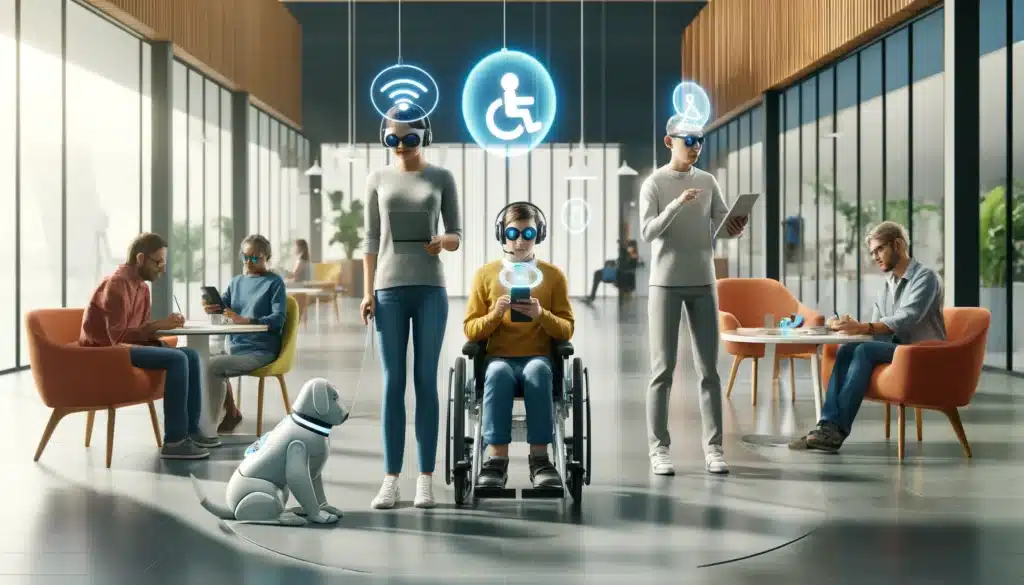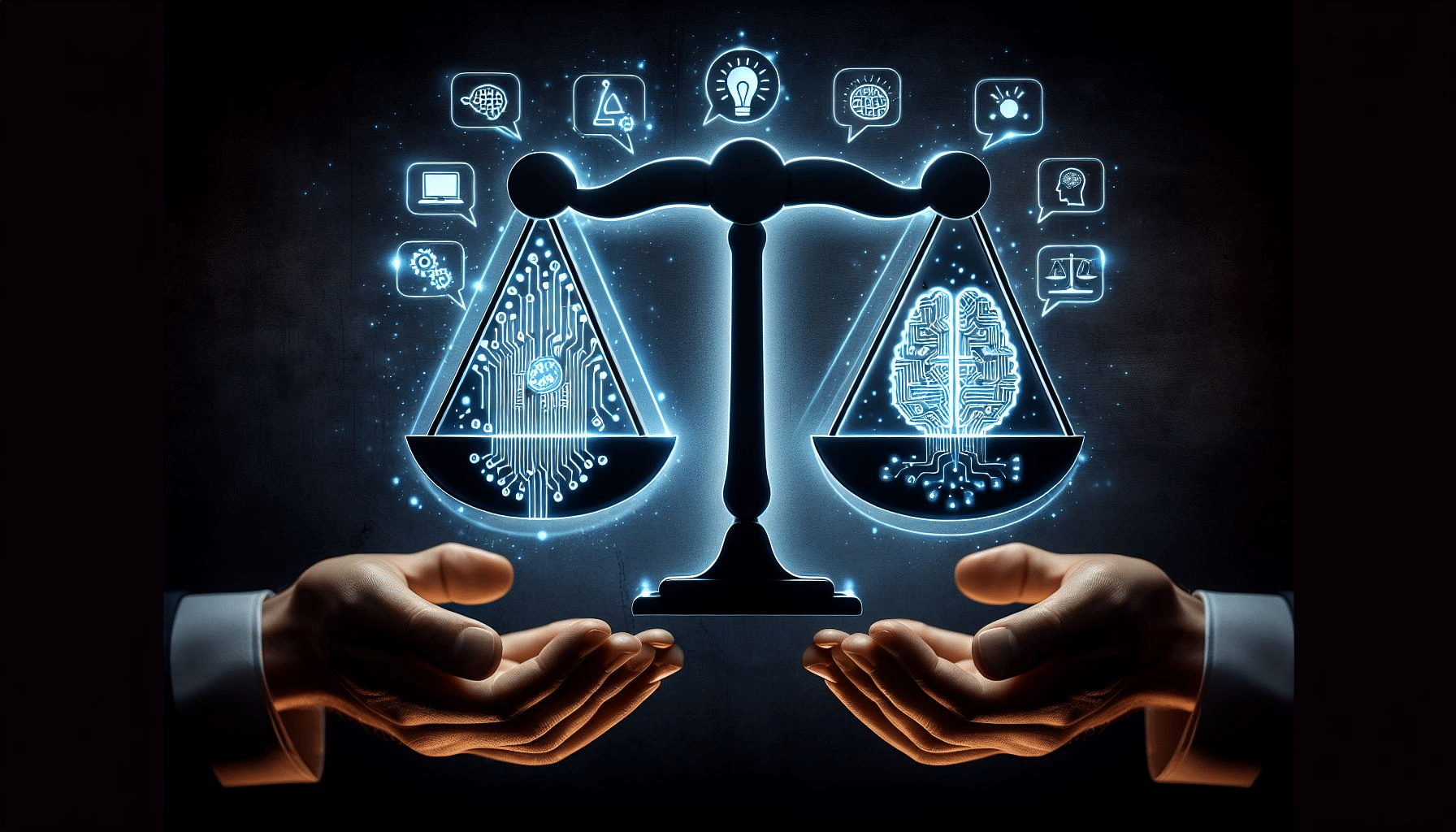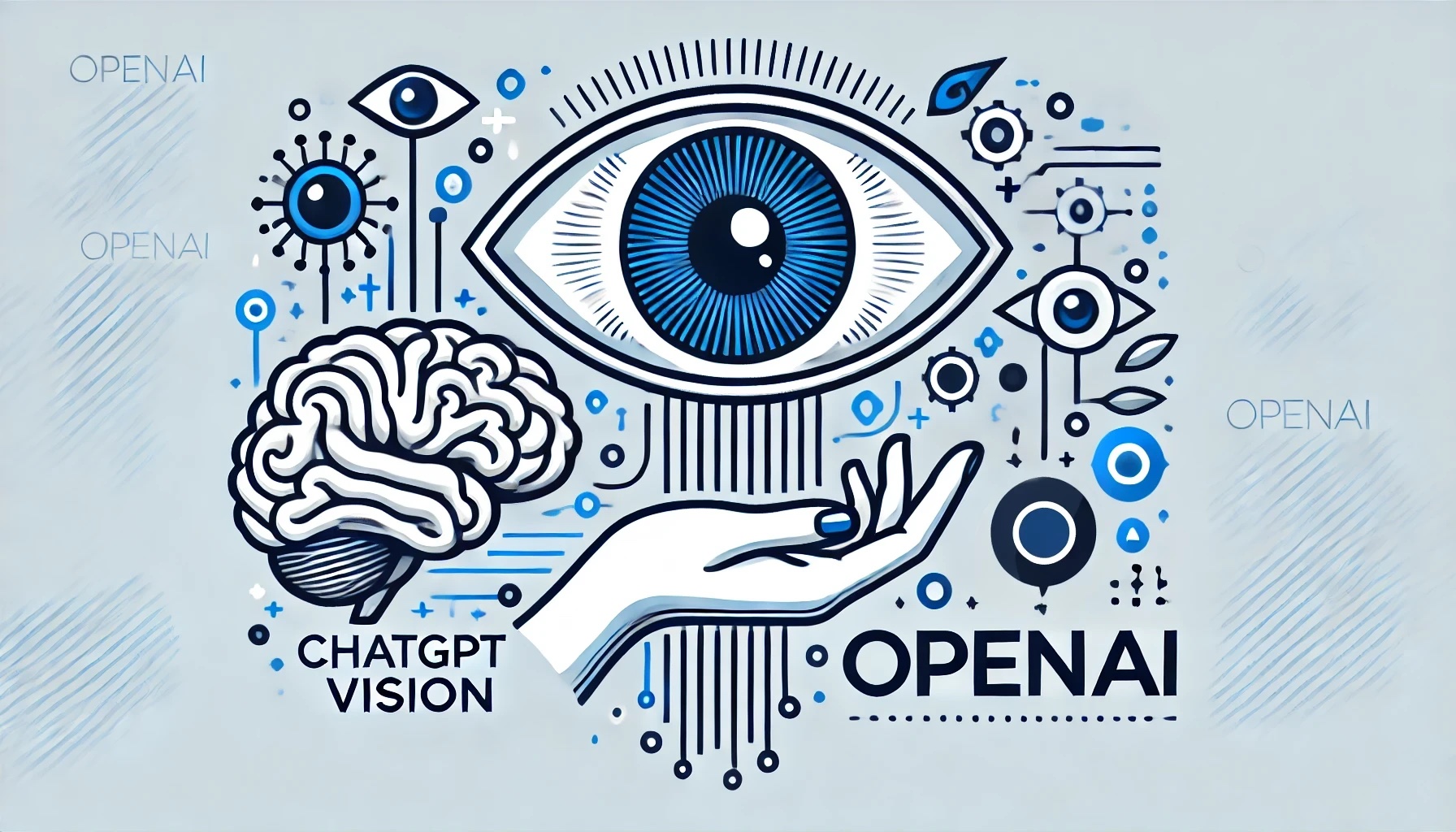Artificial intelligence (AI) is rapidly changing our world. From personalized recommendations on streaming services to virtual assistants like Siri and Alexa, AI is woven into the fabric of our daily lives. As AI continues to evolve, it’s crucial to develop and utilize it responsibly.
Here’s the good news: Responsible AI holds immense potential to improve our lives in countless ways. Imagine AI-powered healthcare systems that can detect diseases earlier or educational tools that personalize learning for each student. However, without responsible development and use, AI can also lead to unintended consequences. This is where the concept of “Responsible AI” comes into play.
What is Responsible AI?
Responsible AI is a set of principles that guide the development and use of AI in a way that benefits society. It ensures AI is fair, transparent, accountable, and secure. By adhering to these principles, we can build trust in AI and unlock its full potential for good.
Let’s delve into some key principles that underpin responsible AI:
1. Transparency and Explainability:

Imagine being denied a loan or job opportunity because of an AI decision you don’t understand. This is a potential risk with opaque AI systems. Transparency means ensuring people understand how AI arrives at its conclusions, especially when these decisions significantly impact them.
Consider how AI algorithms power online recommendations. While these can be helpful in suggesting movies or products you might enjoy, it’s important to understand the underlying factors influencing those recommendations.
Similarly, imagine a scenario where an AI-powered financial application rejects your loan request. Transparency would involve providing clear explanations for this decision, allowing you to challenge it if necessary.
By creating transparent and understandable AI models, we can ensure fairness and avoid situations where people are disadvantaged by unseen biases within the system.
2. Fairness and Equity:

AI is only as fair as the data it’s trained on. Unfortunately, data sets can often reflect existing societal biases. This can lead to biased AI outputs. Imagine facial recognition software wrongly identifying people of color more frequently. This highlights the importance of actively mitigating bias within AI development.
Here are some ways to promote fairness in AI:
- Diverse Training Data: AI developers need to ensure training data represents the entire population it will be used on. This avoids perpetuating existing biases.
- Human Oversight: While AI is powerful, human oversight remains crucial to catch and address potential biases within AI decision-making.
- Fairness Audits: Regularly auditing AI systems for bias helps identify and address issues before they negatively impact users.
By actively promoting fairness in AI, we can ensure it benefits everyone equally.
3. Safety and Security:

Imagine an autonomous vehicle experiencing a malfunction or a chatbot manipulated to spread misinformation. These are examples of potential safety and security risks associated with AI.
Therefore, building secure and robust AI systems is essential. This involves:
- Rigorous Testing: Thorough testing ensures AI systems function as intended and can handle unexpected situations.
- Cybersecurity Measures: Implementing robust safeguards protects AI systems from hacking or misuse.
- Risk Management Plans: Identifying potential risks associated with specific AI applications and developing mitigation strategies is key.
By prioritizing safety and security, we can ensure AI works for us, not against us.
4. Human Control and Accountability:

While AI is powerful, human control should remain paramount. Imagine an investment strategy entirely controlled by an AI with no human oversight. This could lead to risky decisions with significant financial consequences.
Here’s why human control matters:
- Ethical Considerations: AI must be aligned with human values and ethical principles. Humans will be ultimately responsible for ensuring AI development aligns with societal good.
- Decision-Making Oversight: For critical decisions, human oversight is essential to ensure AI recommendations are ethically sound and consider the broader context.
- Accountability for Errors: Clear accountability structures are necessary to ensure someone is responsible when AI systems make mistakes.
By maintaining human control and establishing clear lines of accountability, we can ensure AI serves humanity responsibly.
5. Privacy and Data Security:

AI development and use rely heavily on data. However, protecting individual privacy is paramount. Imagine a scenario where facial recognition technology is used for mass surveillance, violating personal privacy.
Here’s how we can ensure privacy and data security with AI:
- Data Minimization: Collecting only the data necessary for AI functions helps minimize privacy risks.
- Strong Encryption: Data used to train and operate AI systems should be securely encrypted to prevent unauthorized access.
- User Control over Data: Individuals should have control over how their data is used in AI development and have the option to opt-out.
By prioritizing privacy and data security, we can ensure trust in AI systems that utilize personal data responsibly.
6. Human-Centered Design:

AI should be designed with people in mind. This means creating AI systems that are user-friendly, accessible, and cater to human needs. Here’s why this matters:
- User Experience: AI shouldn’t feel like a black box. User interfaces should be intuitive and provide clear communication about how AI arrives at its conclusions.
- Accessibility: AI systems should be designed to be inclusive, accessible to people with disabilities, and avoid exacerbating existing inequalities.
- Human Flourishing: Ultimately, AI should serve human well-being and support our aspirations for a better future.
By prioritizing human-centered design, we can ensure AI works for us, not the other way around.
Conclusion:
The principles outlined above – transparency, fairness, safety, human control, privacy, and human-centered design – serve as a compass for responsible AI development and use. By adhering to these principles, we can create a future where AI strengthens our societies, unlocks opportunities, and empowers individuals.
However, responsible AI isn’t just about technical considerations. It’s also about open dialogue and collaboration. We have a crucial role to play:
- Stay Informed: Engage with discussions about AI, learn about its applications, and understand the ethical considerations.
- Demand Transparency: Ask questions about how AI is used in the services we interact with and advocate for clear explanations.
- Support Responsible Development: Choose companies and organizations committed to developing and using AI ethically.
By taking these steps, we can contribute to a future where AI serves as a powerful tool for good, used responsibly and ethically for the betterment of humanity. Remember, the power to shape the future of AI lies partly in our hands. Let’s embrace AI responsibly and work together to unlock its potential for a brighter tomorrow.
Please note, that the author may have used some AI technology to create the content on this website. But please remember, this is a general disclaimer: the author can’t take the blame for any mistakes or missing info. All the content is aimed to be helpful and informative, but it’s provided ‘as is’ with no promises of being complete, accurate, or current. For more details and the full scope of this disclaimer, check out the disclaimer page on the website.



